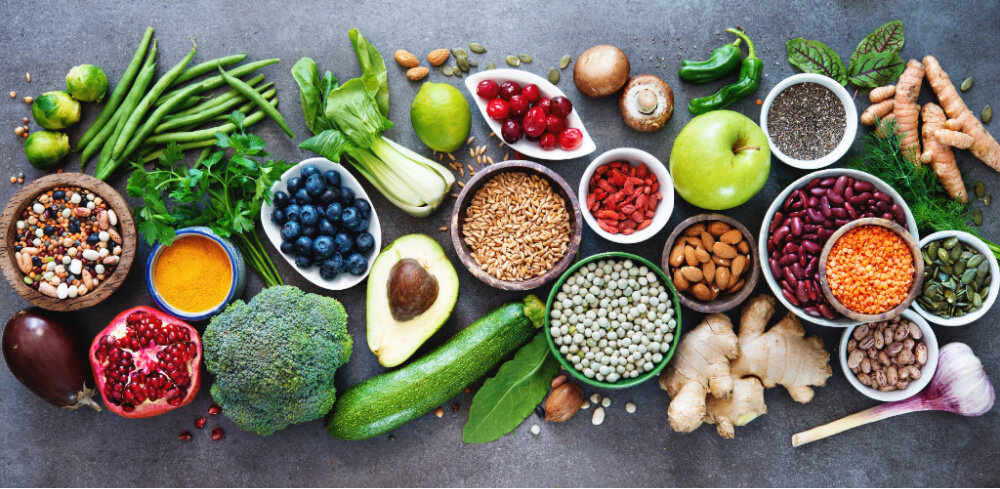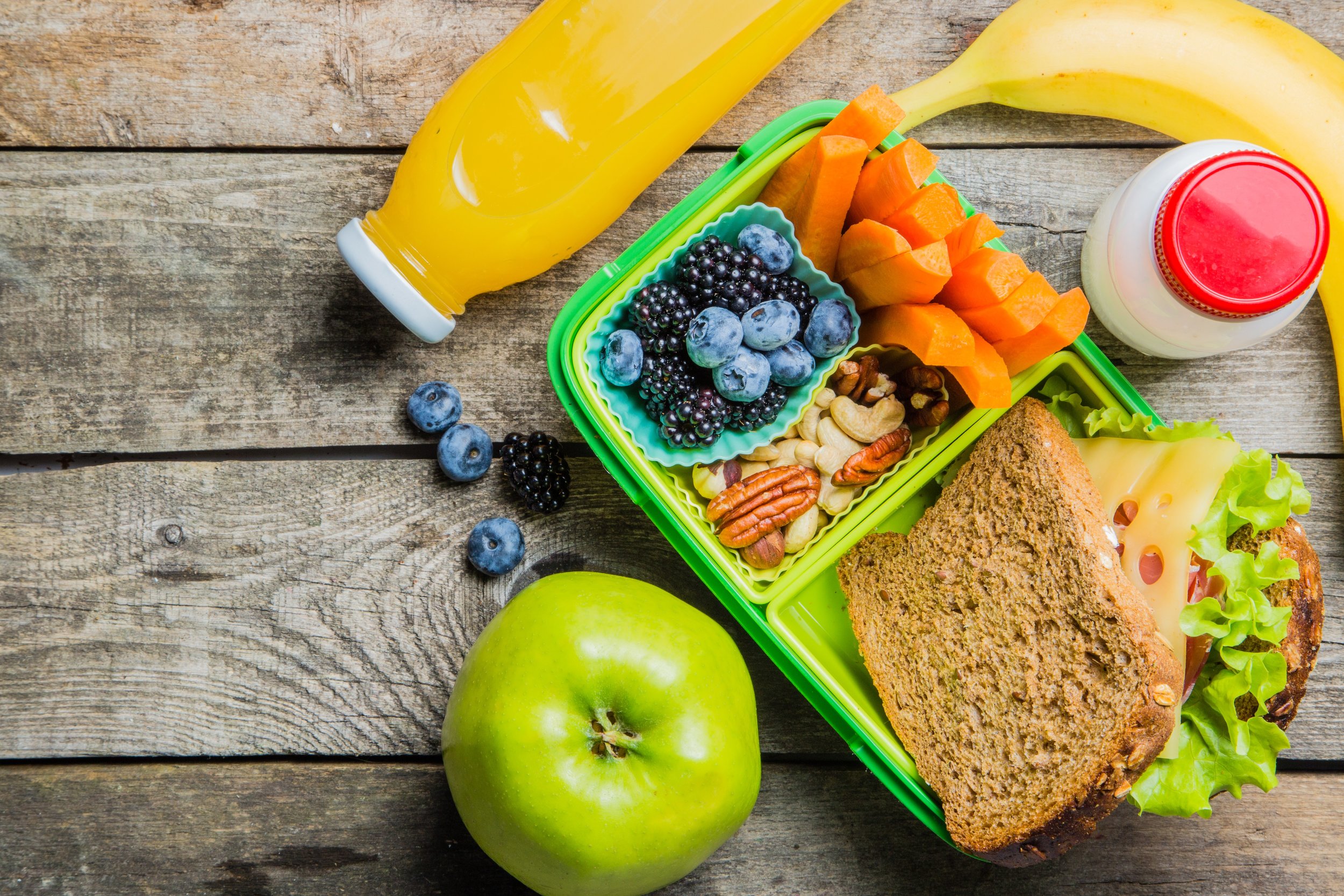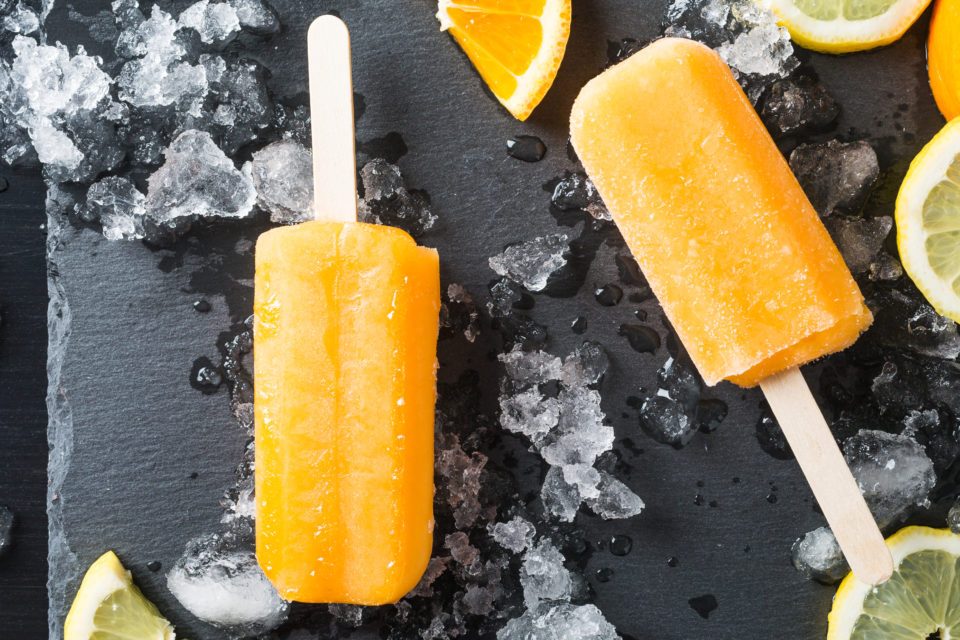In the last year, I have found myself learning more about and working with clients who are on the Autism spectrum. It wasn’t something I had planned, but rather work that fell into my lap, which is sometimes life’s way. As I’ve spent many years working with kids in the kitchen, offering kids cooking camps, and working with client’s children that were looking to enhance their kitchen skills and expand on food diversity, helping these kids push some boundaries with food challenges has been incredibly rewarding work.
It is more common than not to come across autistic/neurodiverse children (and adults) who have subtle or severe eating challenges. Autism comes with hypersensitivities and sensory preferences of all kinds, food flavours and textures being some of these. In more severe cases, we may see food refusal and avoidance, in less severe, we may see what we often call “picky eating” or refer to now as selective eating. You will often find a neurodiverse child who might choose one or two safe foods that they are comfortable with, and don’t mind the texture of, and they may otherwise struggle to diverge from these, which puts them at risk for nutritional deficiencies and digestive difficulties.
While in previous years, I may not have called “Working with Autism” a specialty of mine, it turns out that all the skills I’ve developed over the years, working with kids and working with eating behaviours, easily apply to working with the neurodiverse individual. For many of these kids, spending some time in the kitchen one-on-one, exploring textures, flavours, mixing, chopping, and supporting curiosity with food and food creation, makes quite a significant difference.
Here is a testimonial from one of my client Mom’s:
Cindy has somehow opened Caius’s world in trying new foods, touching foods (which is a huge step with his sensory processing), teaching him how to properly use knives and other kitchen tools. Cindy even had him make the whole family sushi for dinner. He was prouder than I’ve ever seen, he was telling everyone at school, and for my son this is serious progress. Not to mention how proud we were for him.
It is a well-known fact that children on the spectrum are fussy eaters and have many barriers around food. It is imperative that I support my child in creating a healthy relationship with food. Cindy is crucial in this process for Caius; creating strategies that encourage Caius to be comfortable with food in all aspects.
Jennifer Heale
While being in the kitchen with the kids seems to be a great area of expansion, working with the parents on supporting digestion, integrating strategic supplementation, and providing resources and food lists, are also great areas to support these individuals and their health. As many neurodiverse individuals struggle with food choice and social/emotional regulation, their digestive health is deeply affected as well. Working with parents to reinstate beneficial bacterial health, nutritional education, better food choices, & proper blood sugar balance, are all amazing Holistic strategies that can support better mood, sleep, focus, patience, and overall health long term.
If you are interested in working with me, please reach out! Many of my clients are currently doing in-kitchen sessions over Zoom, because of distance, but also because of limitations of the pandemic. All of my current Autism clients are receiving this work through various avenues of governmental funding.
I’m consistently looking to grow in my practice and in my work with neurodiverse individuals. Your support makes this possible ♥︎




























